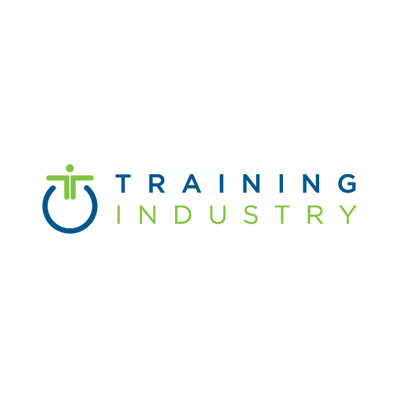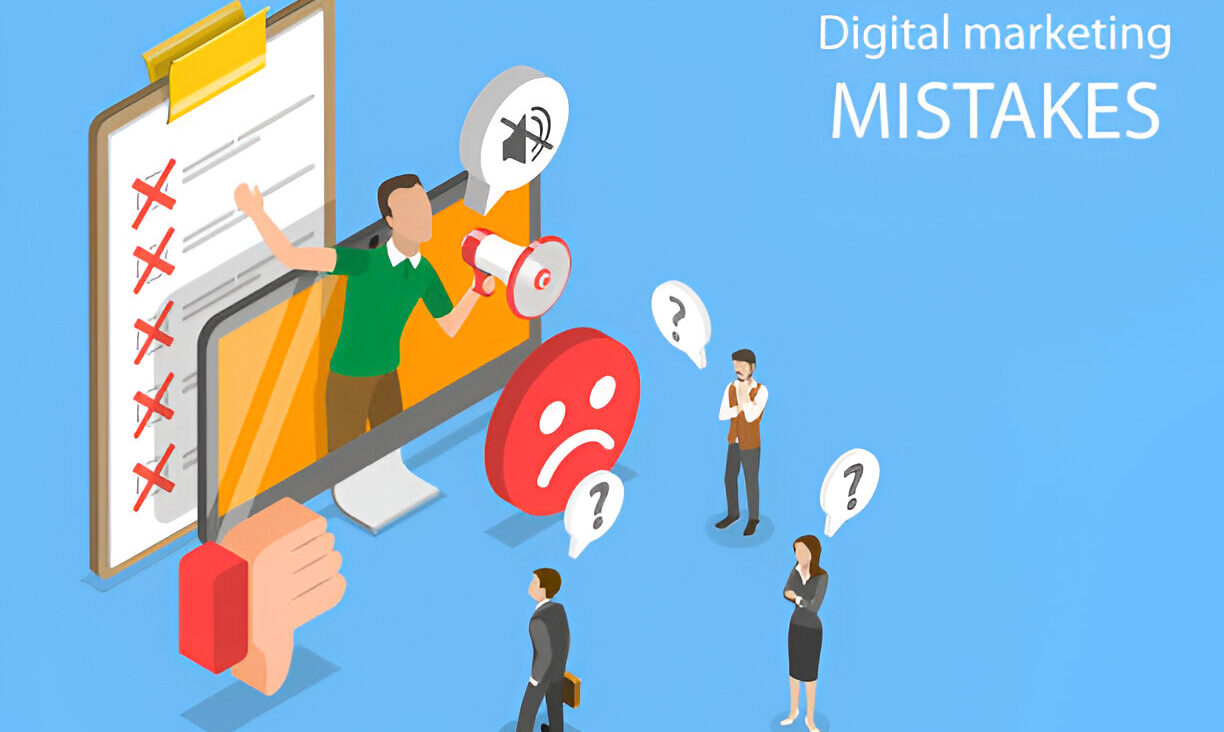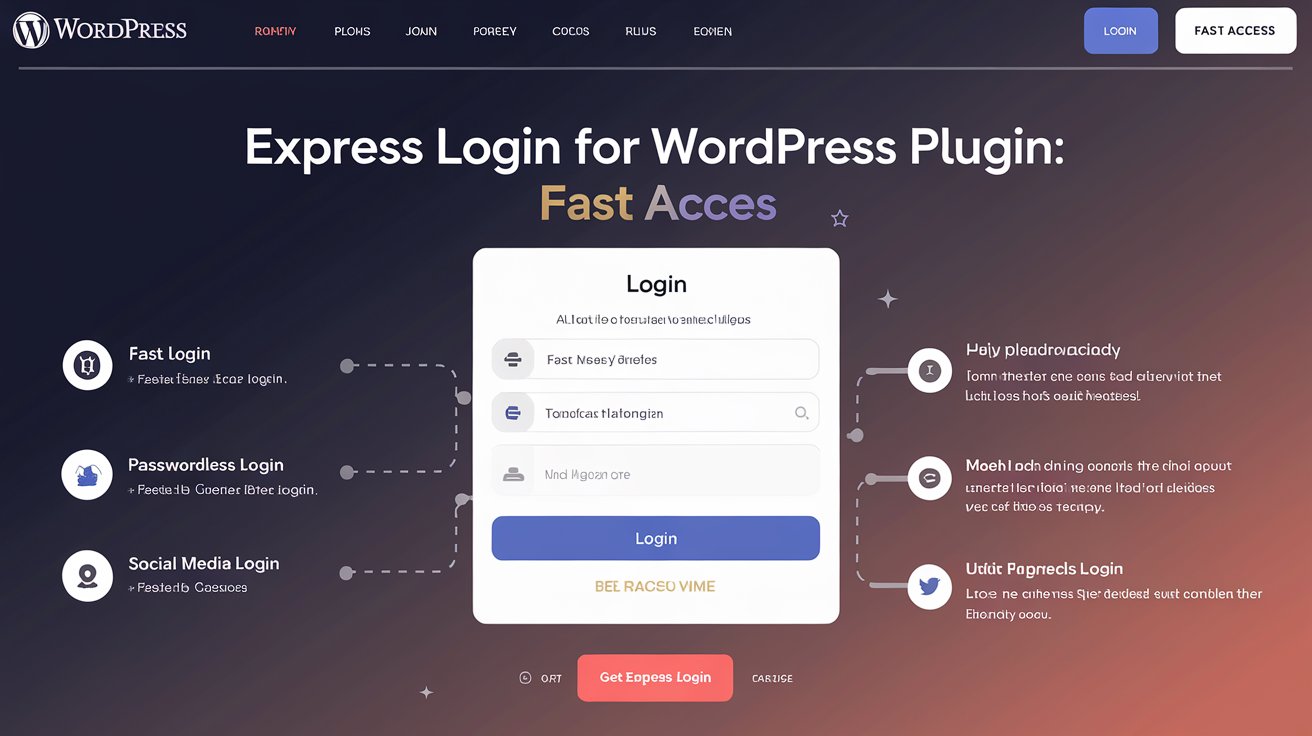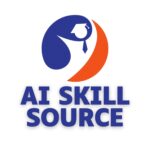At the end of a learning experience, are you motivated to put everything you just learned into practice? What about the next day? What about next week? What about next month?
Most of us lose that initial excitement and drive to change behavior after the first week (maybe even earlier). We also lose our ability to retain learned knowledge within days or weeks unless we make a conscious effort to revisit the material, a concept known as the forgetting curve.
I believe that learning is a means to an end. The ultimate goals in learning are higher performance and better results. But how do you make learning stick so that new skills are applied on the job? How do we create connections for our learners with the materials that remain outside the classroom?
Since 2019, our organization has focused on answering these questions. While we use several interventions to help with learner retention, there is one success story we want to share because of its simplicity. Learning reinforcement plans are a no-cost (non-labor) solution that teams can implement immediately with their next learning intervention.
Learning Reinforcement Plans (LRPs) include two main components: coaching guides and weekly reinforcement messages.
Coaching guides are one-page documents that are sent to the learner’s supervisor post-learning. The document includes the event title, key learning, and suggestions for continued growth on the learning topic. The key learning may include bulleted objectives, a brief description of the course topic, or a model or framework introduced. The suggestions for continued growth typically include reflection opportunities, specific action items, and learning recall questions. Both the supervisor and learner are emailed the coaching guide within days of completing the training to encourage discussion in their next one-on-one meeting.
Weekly learning reinforcement messages are sent by email or through a team messaging platform. The messages usually include a quick review section with a learning recall question, refreshers, and a call to action. We will include the answer to the recall question in next week’s message. The refreshers include tips, articles, podcasts, videos, and/or reflection questions. The call to action is a challenge that the learner can implement within the next week. Learning reinforcement messages are delivered via text or video over the course of four to eight weeks, depending on the learning topic’s complexity.
To measure the intervention’s success, we developed a Kirkpatrick Model Level 3 evaluation tool. Three months post-learning intervention, participants receive a five-question survey that includes the following agree/disagree statements:
- When I left the course, I was keen to change my behavior at work and in my personal life.
- After taking this course, my supervisor and I discussed what I had learned and how I could apply it to my work.
- In the past three months since I took this course, I have applied the skills I learned directly to my work area or in my personal life.
- In the past three months since I took this course, the skills I learned have helped improve my work performance or personal life.
- I used the weekly follow-up content from this course to further my learning.
In the first year, we compared workshops with LRPs to those workshops without LRPs and saw a 16% higher appropriateness rating (question number three) for those with LRPs. Since reviewing this data, we have introduced LRPs for most of our learning workshops and programming. The small number of workshops that do not include an LRP are monthly wellness sessions or education sessions delivered by in-house subject matter experts (SMEs) who are not part of the learning and development team.
After reviewing the data in more depth, we learned that there are higher ratings of improvement back on the job when the learner sees the weekly learning reinforcement messages. We learned that the involvement of the learner’s supervisor correlates with higher rates of viewing the weekly learning reinforcement messages and seeing improvement back on the job. We also learned that when learners are eager to change their behavior at the end of the intervention, they are more likely to view the weekly content and see improvement back on the job.
As we continue to develop our learning enhancement efforts, there are several solutions we continue to focus on. We acknowledge that we used one metric to measure success that focused on self-rating. To find more reliable ways to measure success, we explore the use of email automation tools to measure engagement with the messages. These solutions provide a way to assess whether learners open the messages and click on the tools shared in the messages. This is a less subjective way of determining whether the material is being used.
We recognize that LRPs can overwhelm learners, especially if they are involved in multiple learning interventions each month. We focused our message content to be short with either a two-minute video message or a short bullet point email that highlights the most important information. With some of our learning interventions, we limit the LRPs to a call to action only to improve the likelihood of application back to work.
We recognize the essential role of the leader in a learner’s growth and development. We have developed a toolkit and workshop for supervisors to provide tips and tools related to the development of their employees and teams. We launched a virtual roadshow with leaders and teams to connect their goals and priorities with specific learning interventions we offer in our organization.
Finally, we recognize that LRPs are only one solution. Learning retention is a complex challenge and requires a multifaceted approach. In addition to incorporating LRPs into our learning experiences, our team focuses on using best practices in course design, offering multi-layered learning to dive deeper into topics, doing follow-up coaching, building customized learning plans, and offering informal social learning opportunities.
================
AISKILLSOURCE.COM










